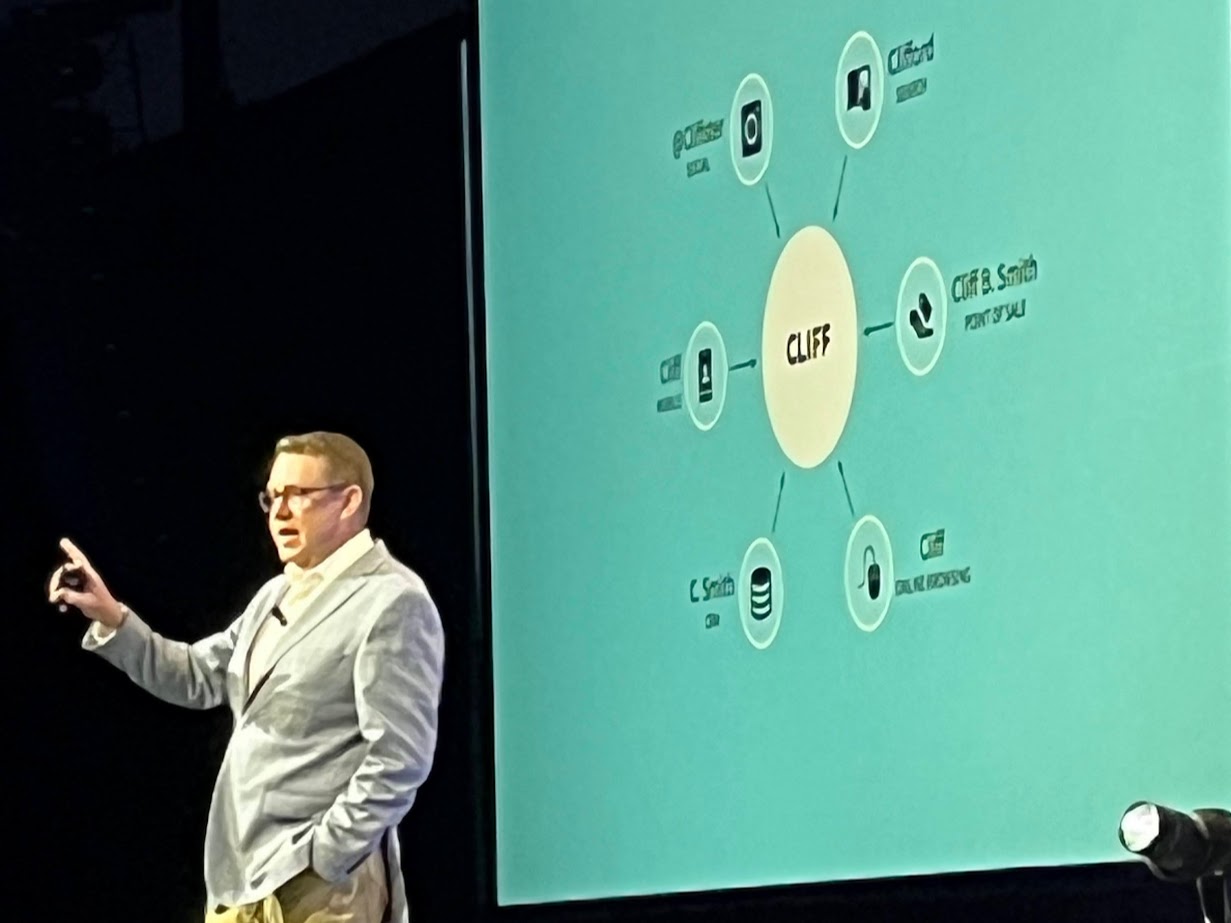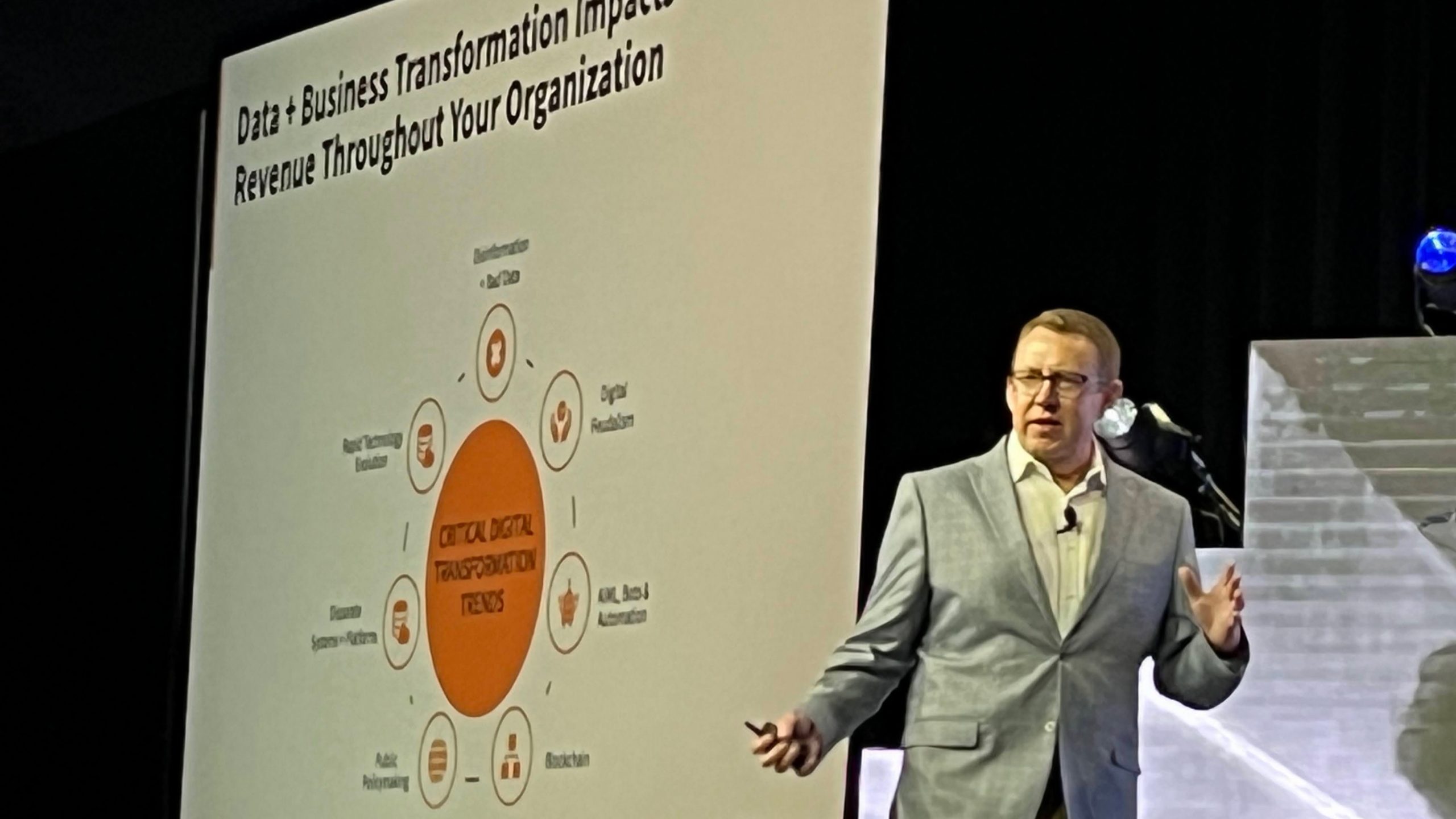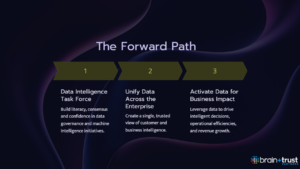Despite the ever-growing number of vendors rushing to put a new CDP on the market, it’s a strange truth that most of the CDPs out there are not actually platforms for customer data — and that’s a real potential problem for car dealers.
So, why aren’t these “CPDs” really CDPs?
-
- These products don’t unify data from different systems into accurate, comprehensive customer profiles (the customer data part).
- They can’t drive your digital marketing ecosystem with accurate, comprehensive data (the platform part).
“Tech vendors may use the CDP label to participate in a hot market,” writes Barry Padgett, CEO of Amperity. “But they haven’t delivered on the original promise that those three initials were intended to describe: unifying scattered data and connecting profiles to marketing and analytics teams and tools to drive growth.”
Padgett is choosing his language carefully to make a point, but it’s a valid point — and it speaks to a sentiment that’s echoed across the digital marketing landscape.
“The best CDPs can ingest customer data from different types of technologies seamlessly, without wasting time cleaning and formatting that data,” explains Tim Hayden, from the main stage at the MAICONN AI conference earlier this year. “These CDPs can provide a single, ‘Golden Customer Record’ for the entire enterprise (emphasis mine). And when that Golden Customer Record is applied across technology tools, you can accomplish your short-term and long-term digital transformation goals faster, with better results, and begin to see an ROI in 120-180 days of implementation.”
So, what do the best Customer Data Platforms (CDPs) look like, what sets them apart from the pretenders, and what makes the difference between a “CDP” and a CDP so critical to car dealers? To answer those questions at their most basic level, a CDP needs to be able to, at least, do these two things.
1. Resolve a Customer’s Identity Across Data Sources

As we’ve already alluded to (and explicitly stated over at Say-It-Again), marketing to your customers more effectively and efficiently requires a complete, 360-degree picture of your customers — not just their recent transactions, but their whole history with the brand, their individual behaviors, the behaviors of their household, their transactions, and not just online but in-person as well. This is that “Golden Customer Record” we talked about, and it needs to stay “fresh,” incorporating new data constantly from every available resource.
When that Golden Customer Record includes social media, CRM notes, and even digital transcripts of conversations at the dealer level come together, the insights that can be drawn from that record — and the effectiveness of the ad dollars spent on that customer — can be truly revealing.
That’s why it’s essential for companies to understand that the “Clifford B. Smith” who filled out that online credit app on your Chevy dealer page six months ago but didn’t buy is also “Cliffster,” from Instagram, who liked your star salesperson’s walkaround video on the new Blazer SS last week. And Clifford is related to Betty Smith, who lives in the same household and found your dealer page through a search on her mobile device. She’s looking at a New Blazer, too.
“Marketers’ most complex challenge may be centered around how to build trust into their essential relationships with customers who want special attention, but who also want to understand what’s happening with their data. For data science and data analytics teams, accuracy is the cornerstone of being relevant,” said James Johnson, Managing Director, Data Breakthrough. “Treasure Data helps enterprises use absolutely all of their customer data to improve campaign performance, achieve operational efficiency, and drive business value with connected customer experiences.”
But identity resolution and data unification are extremely difficult when disparate data sets have no linking keys and come in at massive scale.
This is one of the first ways that the best CDPs begin to pull away from the pack. By making that data ingestion easy and schemaless, unifying data from disparate sources — first-party data, social media data, cookie and pixel data, etc. — the best CDPs keep data “fresher,” and reduce (or eliminate) the need to keep staff on hand to constantly “clean up” that data.
Solving the challenge of data unification is only the first step in getting value from your customer data, but it’s the essential step. Without it, all of the promises of CDPs will end up broken.
2. Make Customer Data Accessible

The value of that Golden Customer Record that brings together all these disparate data sources can’t be overstated, but it’s meaningless if it can’t be put to work. That means making it easily available to all the teams and users in your company, but also that it connects to the broader ecosystem of technology assets at your team’s disposal.
Again, the best CDPs make this easy. A platform like Treasure Data, which was named “Enterprise Customer Data Platform of the Year” at the 2023 Data Breakthrough Awards, features hundreds of “plug and play” integrations, enabling it to work with data from a wide array of industry-standard products — whether they’re CRMs like HubSpot and Salesforce, or more specialized offerings — drastically reducing the time it takes to get the implementation of the CDP up and running, and generating results for your team.
That’s important for streamlining “business as usual,” and it is critically important for quickly adapting to unforeseen circumstances as well.
During the COVID-19 pandemic, many of the retail outlets that made up the bulk of Anheuser-Busch InBev’s sales shut down. Because AB InBev was already well on its way towards a digital transformation with Treasure Data, the company was able to quickly pull together apps and open up limited new direct-to-consumer channels to show consumers where and how to buy their favorite beverages despite the shut downs. “Here at ABI, the CDP is our single source of truth talking about our consumer data and it is in a strategic place in our martech stack,” says Lucas Borges, senior manager, consumer data strategy at AB InBev. Borges adds that the company’s emphasis on CDP-powered digital transformation, long before the pandemic struck, helped it roll with the punches … transformation that wasn’t possible without organized, structured data in place.
As companies grow and dealer groups acquire not just new stores, but those new stores’ data and systems, the right CDP is exactly the kind of martech that can help take their growing businesses from fragmented silos of fixed and variable data sources to streamlined, integrated operations. Embracing a holistic view to understand true “customer lifetime value” (CLV) through a CDP investment enables them to craft truly personalized customer journeys that grow trust, build loyalty and referrals, and create champions for their brand.
ORIGINAL CONTENT FROM BRAIN+TRUST







